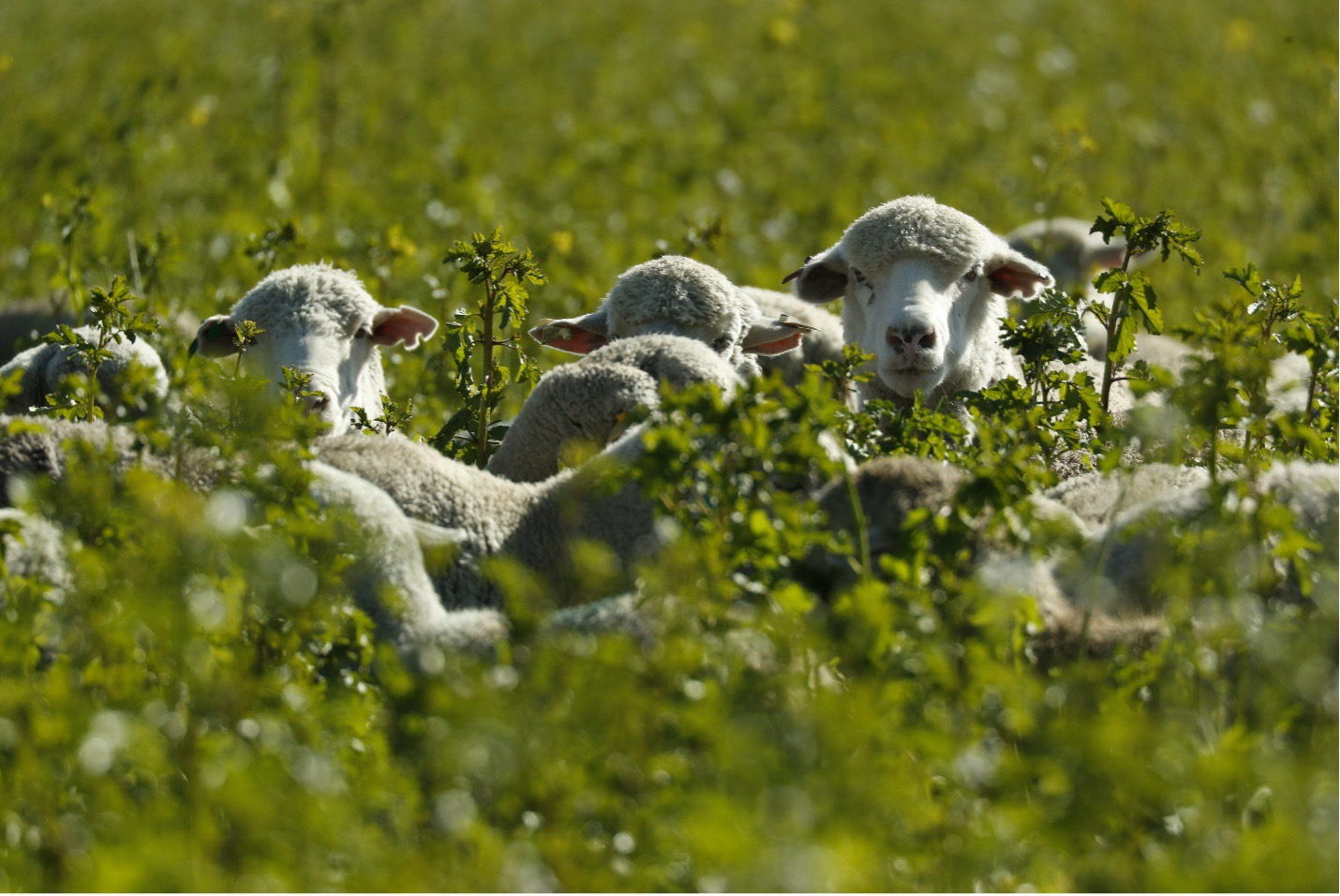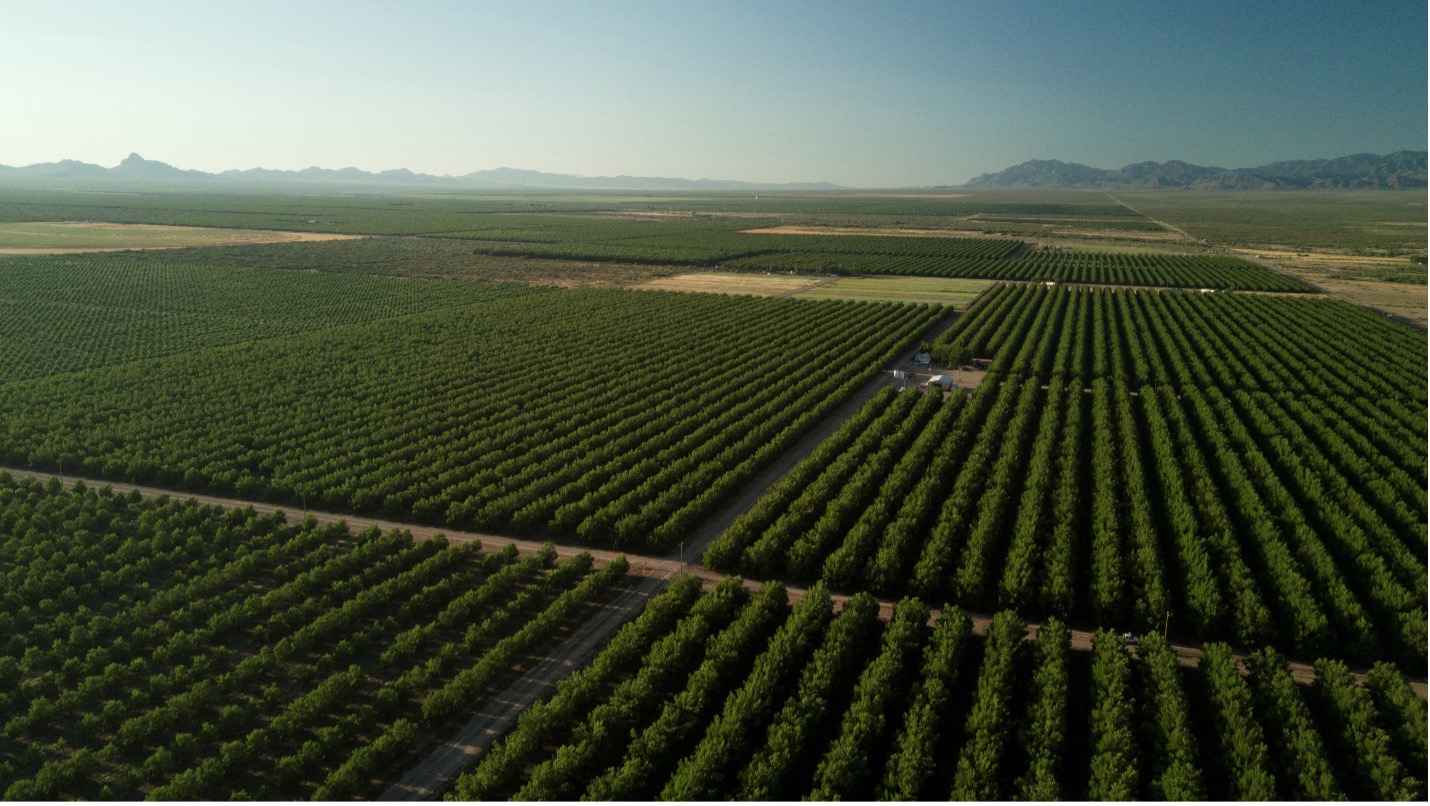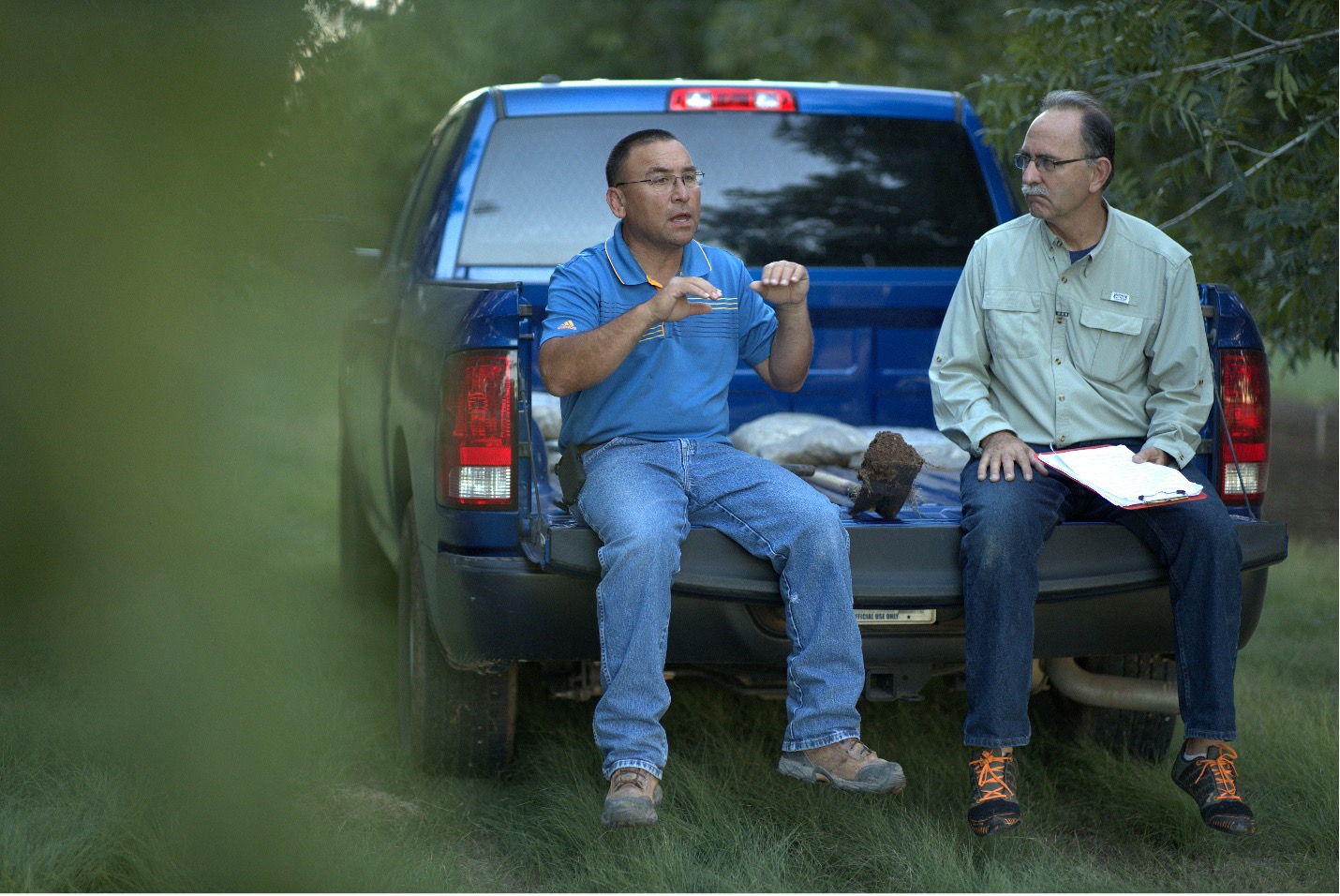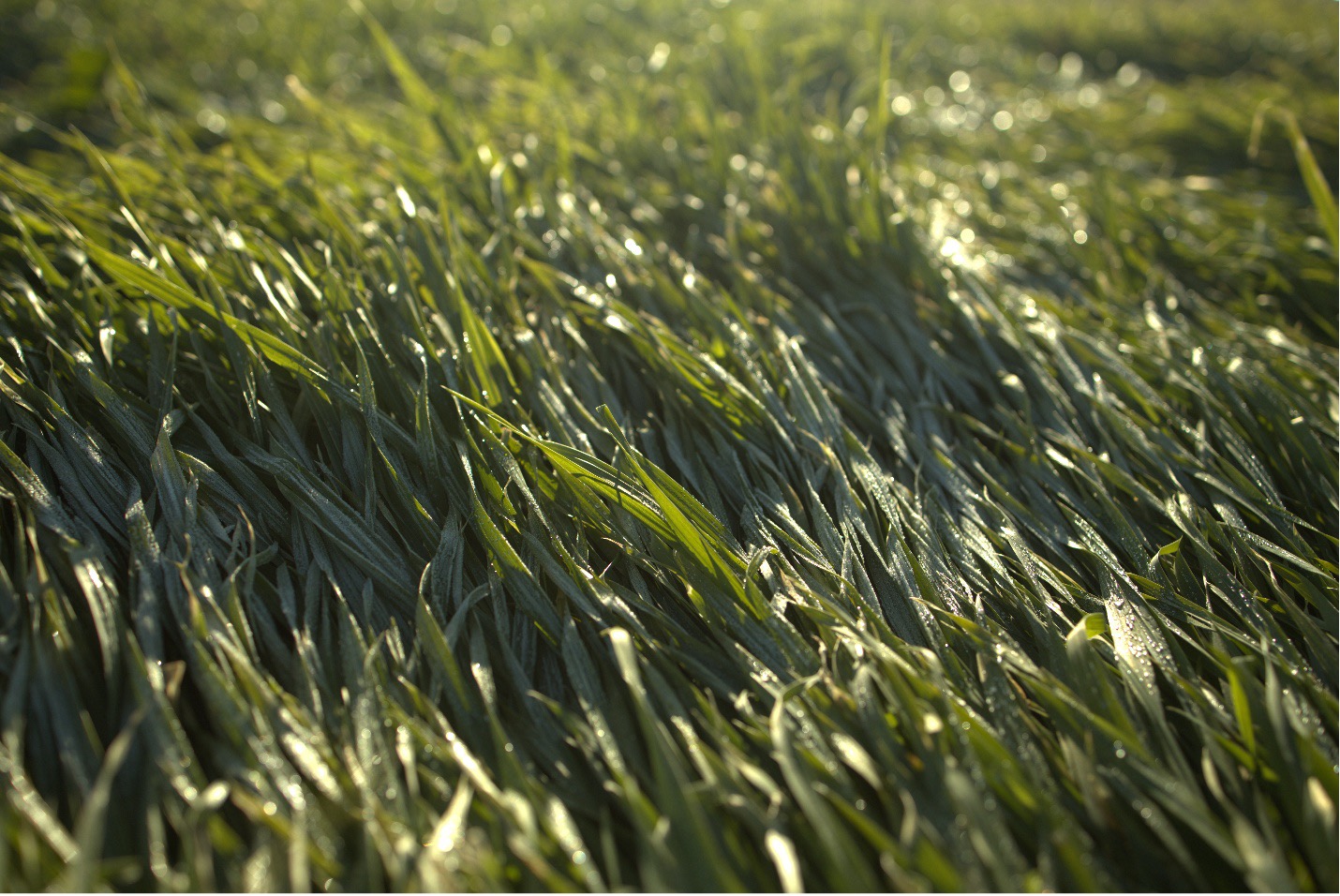Fence Smart, Fence Right: Michael Hall’s Guide to Livestock Success


If you’re considering incorporating livestock on your farm, stepping into the world of animals for the first time, or simply looking to refine your current management practices, there are a few essentials that need to be built right from the start. Among them, none is more critical than your fencing system. The choices can feel overwhelming: permanent or temporary fencing, poly wire or barbed wire? Are simple step-in posts sufficient, or do you need something more substantial? How do you reinforce a gate or secure a corner? And when it comes to electric fences, what’s the most effective setup? These are the questions that shape the rhythm of your operation and the well-being of your livestock. Get the fencing wrong, and the whole system can unravel. Get it right and lay the foundation for a smoother, more successful enterprise.

If you’ve found yourself wondering about any of these questions and haven’t yet explored the How-To series on Livestock and Fencing with expert Michael Hall, it’s time to change that. Take a moment to visit the video series—it’s a resource worth your attention. In this seven-part series, Michael walks you through the critical details you’ll need to set up a new fence or replace one that’s seen better days. Each video, brief but packed with essential information, covers topics like:
• How to set a line post
• The pros and cons of wood vs. metal fence posts
• Determining the right spacing for line posts
• The advantages of fiberglass posts
• Tips for optimal wire spacing
• How to properly construct an H-brace—and when to use one
• And the benefits of speed braces for faster, more durable setups
In just a few minutes, you’ll gain valuable insights that can save you time, money, and frustration when building or upgrading your fencing. The details matter, and Michael’s expertise helps you get them right.

For those who’ve managed livestock for years, a fence might seem like the simplest of things—a line drawn in the sand. But the truth is, if overlooked, the small details and the specific needs of your fence can lead to a lot of frustration down the road. In a rotationally grazed system, a single type of fence—whether barbed wire or poly wire—rarely does the job on its own. Instead, it’s often a blend of both, tailored to the landscape, the size of your herd, and the intensity of your management. Properly setting wood line posts, placing speed and H-braces in the right spots, and spacing your wire is essential for building a strong perimeter fence. For more intensive rotational management, step-in or fiberglass posts, spaced correctly and paired with a single poly wire, are critical for success.
The proper setup is guided by your management style and the level of intensity you’re aiming for. Once you’ve settled on the approach that fits, the next step is to dive into the video series to help fine-tune your system. It won’t turn you into a fence-building expert overnight, but it will certainly point you in the right direction. For a deeper understanding of livestock fencing, before you begin, consult the USDA NRCS’s Conservation Practice Standard #382 on Fencing.







